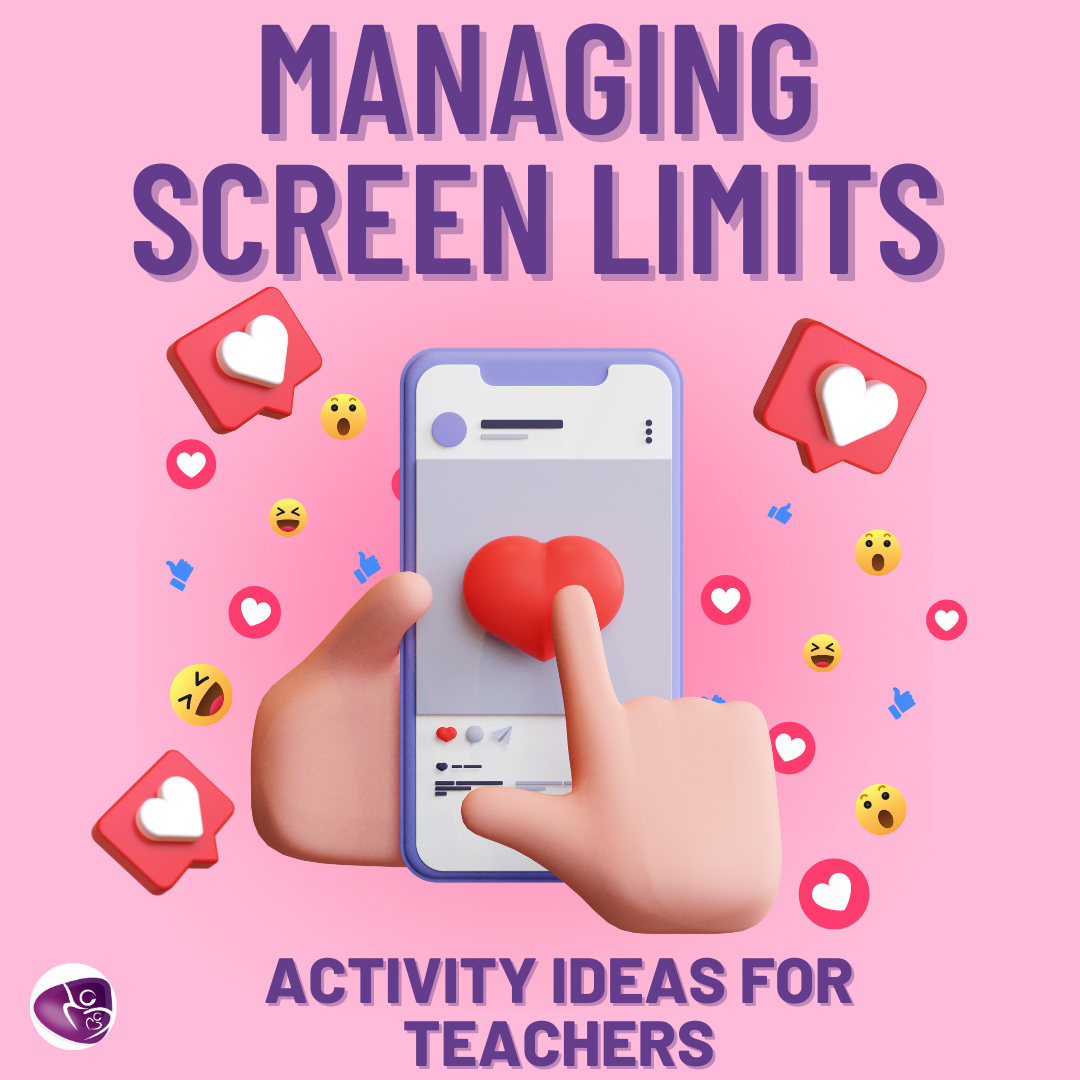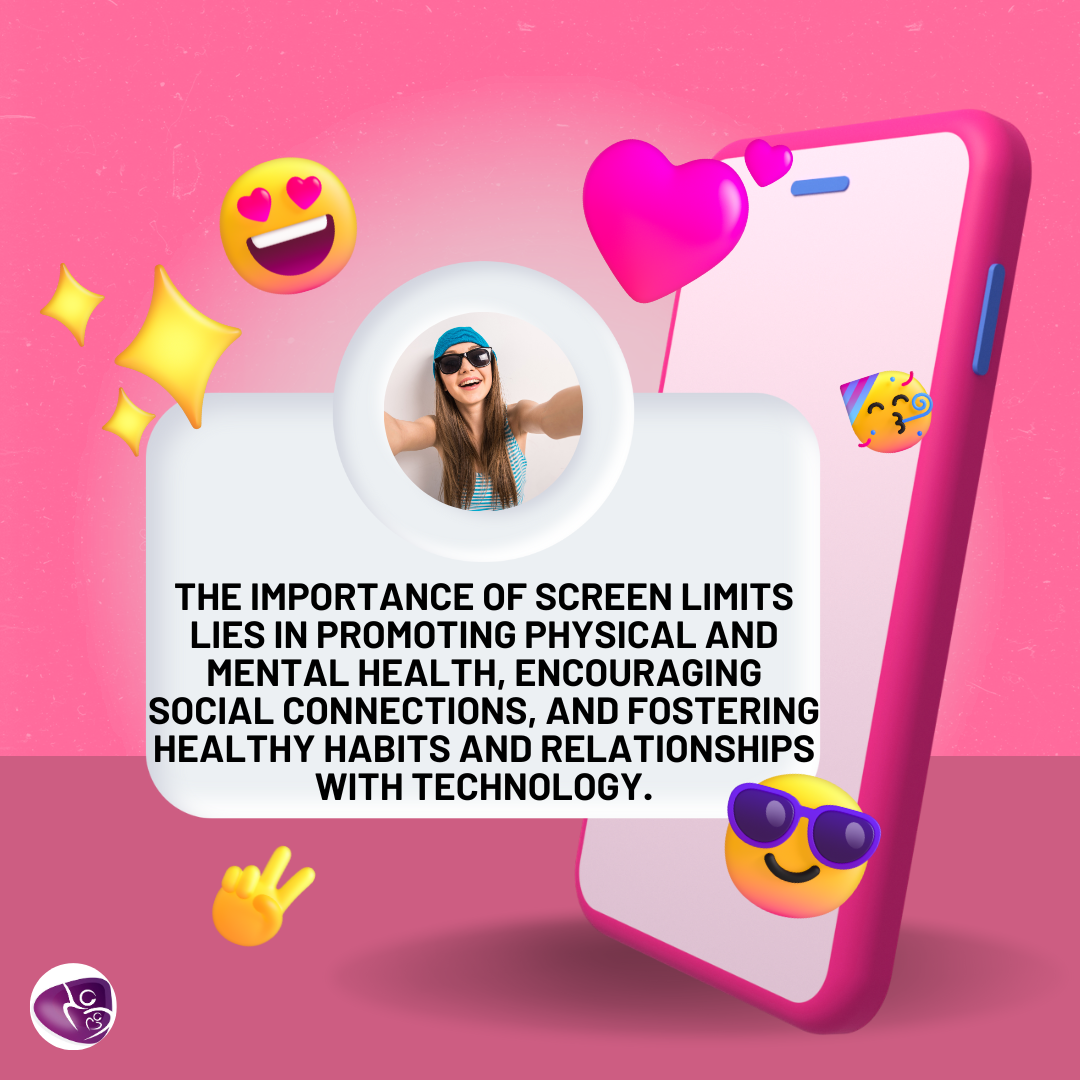Managing Screen Limits
Activities that teachers could consider enabling young people to understand the importance of screen limits.
|
Further Guidance
Read this really great article by SWGfl: 'Digital Wellbeing - Information, guidance and resources to help support digital wellbeing in children and young people'. |
Here are some ideas that teachers can use to help their students understand the importance of screen limits:
1. Analyse the impact of excessive screen time on physical and mental health. Excessive screen time has been linked to various negative health outcomes, including obesity, sleep problems, eye strain, and mental health issues such as depression and anxiety. Assign students to research and analyse the implications of excessive screen time on physical and mental health. Then ask them to present their findings and discuss the factors that contribute to excessive screen time. 2. Develop a personalized screen time plan. Assign students to conduct an inventory of their average daily screen time across various devices and applications and calculate the total amount of time spent using screens. Then have them develop a personalized screen time plan that sets limits on their screen time, considering their personal goals, tasks, and activities. The plan could include setting specific times of day for screen usage, establishing screen-free zones, and using apps and tools to monitor and control screen time. 3. Research the effects of technology on social interactions. Technology has transformed the ways we communicate and interact with each other, but it has also been associated with social isolation and loneliness. Assign students to explore the potential effects of technology on social interactions, including face-to-face communication, empathy, and relationship-building. Then have them discuss strategies for using technology in ways that promote social connections and meaningful relationships. 4. Design a tech-free community event. Assign students to organise a community event that promotes healthy screen habits and encourages people to disconnect from technology. The event could include activities such as yoga, hiking, gardening, or art workshops that require participants to engage in offline experiences. Then have them reflect on their experiences during the event and how it impacted their perceptions of technology and screen time. 5. Create a social media cleanse challenge. Social media has become a dominant force in many people's lives, but it can also be a source of stress and distraction. Assign students to develop a social media cleanse challenge that encourages participants to take a break from social media for a specific period. The challenge could include daily prompts for reflection and self-care activities that participants can do instead of scrolling through social media. Overall, the importance of screen limits lies in promoting physical and mental health, encouraging social connections, and fostering healthy habits and relationships with technology. By providing activities that promote self-reflection and awareness of one's screen habits and their impact, teachers can help their students establish healthy screen habits that benefit them in the long term. |



